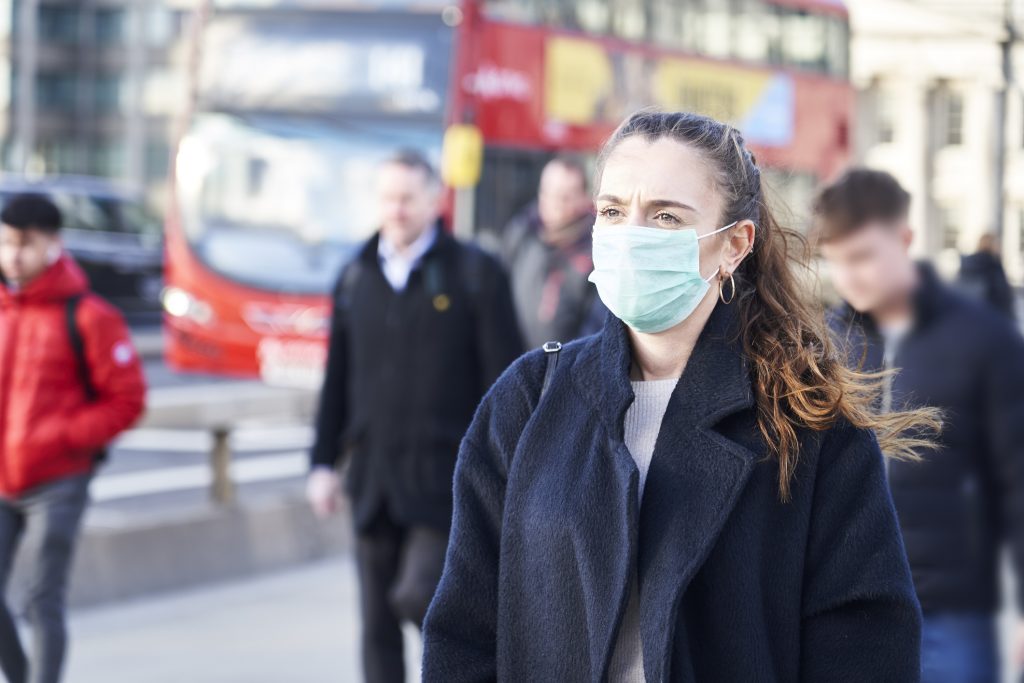How COVID-19 has impacted women and men’s working lives in the UK
4 May 2022
The pandemic changed the way we work. This project looked to understand how the pandemic impacted the working lives of women and men differently, focusing on job loss, precarious work and self-employment, as well exploring how class, ethnicity and other factors intersected with these inequalities.

The COVID-19 pandemic changed the way we work. It created job loss, work instability, financial hardship and great insecurity. It generated deep problems for much of the working population in the UK, but it also impacted in very different ways on different groups of worker.
This research project aimed to compare how the pandemic impacted the working lives of women and men, focusing on job loss, precarious work and self-employment and exploring in addition the inequalities of class, ethnicity and their intersections. In collaboration with the UK Women’s Budget Group (WBG), it tracked the impacts on paid work as the pandemic effects rolled out in 2020 and into 2021.
Patient and Public Involvement and Engagement (PPIE) was embedded in the project and the collaboration with WBG was crucial. Through their network, PPIE shaped research questions, and ongoing developments of the project. We held regular advisory meetings and worked with WBG to create a communications plan for sharing our findings with the public.
We analysed data gathered from very many workers across the whole of the UK including from the Labour Force Survey that provides official measures of employment and unemployment. We tracked key labour force changes as the effects of the pandemic rolled out, exploring job loss, precarious work and self-employment by gender, class, ethnicity and their intersections. We showed:
- Rising unemployment levels and the rapidly expanding numbers of people who lost their jobs and livelihoods due to employers cutting back on staff painted a worrying picture about work during the pandemic, including how workers – whose experiences were already shaped by intersecting inequalities of gender, class and ethnicity – fared as the pandemic rolled out.
- Men saw the greater increases in unemployment. Women were significantly more likely to be employed in public sector roles (particularly health, education and local government) which were largely protected against redundancies or saw increases in employment (particularly health). The gender unemployment gap varies when age, ethnicity and occupational class are included in the analysis. For example, women from minority ethnic groups and/or in intermediate occupations were also greatly affected by unemployment.
- The risk of precarious work, meaning part-time jobs, temporary work, and fixed term casual and zero hours contracts, increased for all groups of works but in particular women, ethnic minorities, and people employed in lower-level occupations.
- The numbers of self-employed workers fell across the UK, from over 4.4 million at the start of 2019 to 3.8 million by April 2021. The impact of the pandemic on self-employment was not random but gendered, ethnically, and geographically driven. For example, male self-employment fell most steeply in Northern Ireland. Self-employed people were less able to hire staff, with ramifications for unemployment among the labour force, and their own working hours dropped to below pre-pandemic levels, with potential disruption to incomes and financial security.
Our project and findings were featured in publications such as: ‘the Fabian Review’, ‘Public Sector Focus’, ‘the Big Issue’ and on Mumsnet, and were presented to the governmental ‘Women and Equalities Committee’ and as part of the ‘Festival of Social Science’ events that are funded by the UK’s ‘Economic and Social Research Council.’ This was in addition to media coverage of this research and our linked sister project on ITV Evening News and BBC Radio 4 and in, for example, the Independent, Byline Times, Forbes, the Telegraph.



